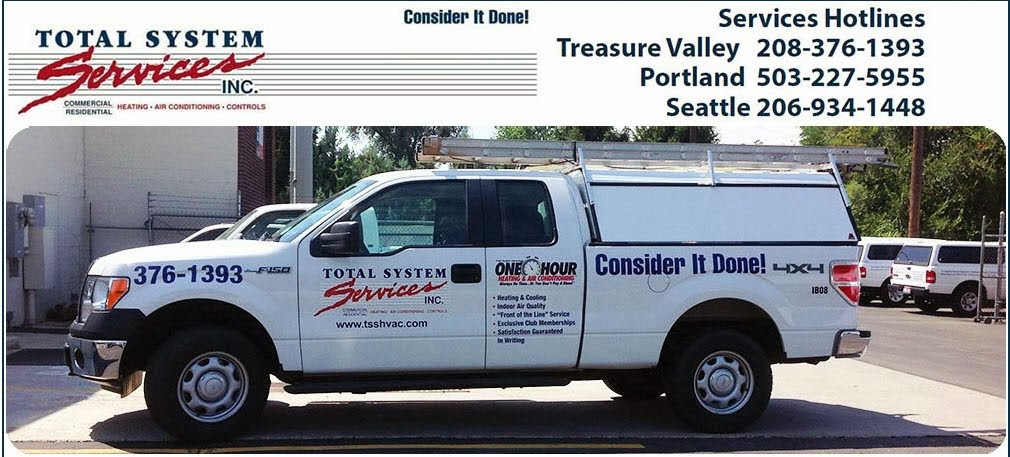Coil
corrosion is responsible for around 40 percent of all equipment failures in
commercial facilities, making it one of the most expensive problems associated
with your HVAC equipment. Coil corrosion starts small, but if left unchecked
can quickly escalate, leading to coil replacement, or even requiring the entire
system to be replaced.
 Coil
corrosion isn’t something that only happens with old equipment. In certain
situations, you can find corrosion occurring as early as a few weeks after
installation. It comes in two forms: pitting or formicary.
Coil
corrosion isn’t something that only happens with old equipment. In certain
situations, you can find corrosion occurring as early as a few weeks after
installation. It comes in two forms: pitting or formicary.
Pitting
corrosion is caused by exposure to fluoride within the water supply, or through
chloride found in a variety of products such as detergents and cleaners. As ions from fluoride or chloride are
transported into the system and make their way across the coils and condensate,
the ions attack and begin pitting the metal. Over time pinholes are created,
allowing refrigerant to leak.
Formicary
corrosion is caused through access to acids present in a wide variety of
products including cleaning solvents, adhesives, paints, plywood, and so on.
Formicary corrosion is often referred to as ants nest corrosion because it
tunnels within the tubing in a similar fashion to the way ants create their
nests. Over time, the pinholes form in the coils, which lead to refrigerant leaks.
While
coil manufacturing companies are aware of the problem and are applying coatings
prior to sale, there are a variety of companies that make aftermarket coatings
that you can use to reduce corrosion on older systems already in place.
When
coils are damaged, it has a variety of consequences on your overall HVAC
system.
It
starts with requiring your system to run harder to produce the same results. If
the coils aren’t producing the required heat source, the compressor will work
harder to create the desired results. This increases power usage, lowers the
cooling capacity, and causes more stress on all parts of the system. More
stress brings on more maintenance. And if the system isn’t producing the right
air temperatures, it’s also creating a less than comfortable environment
throughout your facility.
Whether
coils are coated or not, the best way to combat corrosion and stop it before it
occurs is through continuous maintenance. Cleaning coils at least twice per
year will clear away any mineral deposits and keep them safe from accumulating
corrosive materials. The earlier you catch it, the easier it is to stop it
before it impacts your efficiency, and begins degrading your system.
How
are you combating coil corrosion?


